class k fire definition
These types of fires can only be effectively quenched with a Class K fire extinguisher. What are Class K fires.

Types Of Fires Kidde Fire Safety
In most cases fuel is an important factor and determines how the flame should be dealt with.
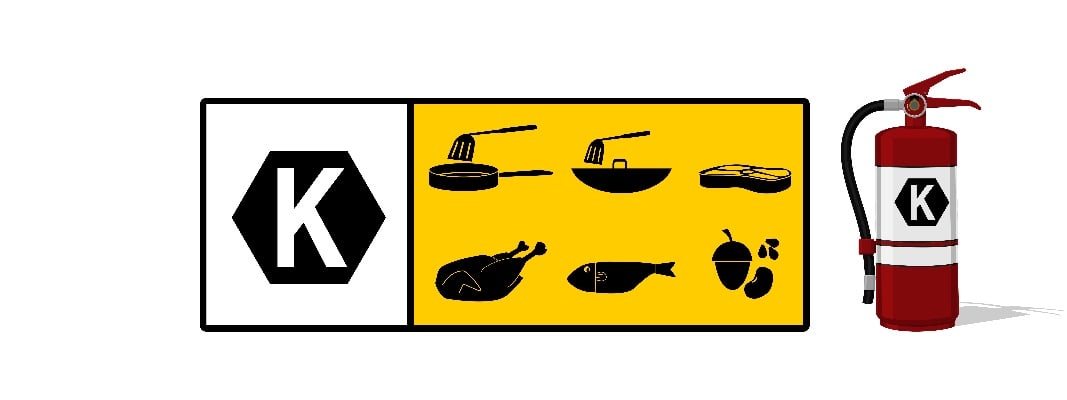
. There are a lot of variables that determine how a fire starts grows and is put out. Fires come in all shapes and sizes. Technically Class E doesnt exists however this is used for convenience here Class F Fires Class K Fires The areas use F or K for the class of fire.
A class D fire cannot be extinguished by water as it produces hydrogen at high temperatures and eventually an explosion occurs and spreads of fire further. Class E Fires These types of fires involving live electrical apparatus. They are one of the more dangerous fires to combat and they are common in commercial kitchens.
The wrong type of extinguisher could cause. As with many terms describing social class working class is defined and used in many different ways. Class K Fires - To be able to fight a fire effectively it is important to know how it starts and what is fueling it to burn.
A Class C fire is a fire that involves electrical equipment electrical appliances or electrical wiring. 225 CLASS K These are fires in cooking appliances that involve combustible cooking media such as vegetable or animal oils and fats. Class K fires are fires with substances such as the animal and vegetable fats present in commercial cooking oils and greases.
Class K Fires are fires that involve cooking oils grease or animal fat and can be extinguished using Purple K the typical agent found in kitchen or galley extinguishers. It is therefore a special extinguishing powder based in sodium chloride edible salt or. The extinguishing agent is referred to as WET.
Solid materials such as wood or paper fabric and some plastics. Fire stations may be staffed by either volunteer or full-time paid firemen. However for complete extinguishment class A fires should be entirely cooled down below the ignition temperature of the burning substance.
Safeopedia Explains Class A Fire. Explore its causes. Electrical failure from appliances electronic equipment and wiring.
Most class D fires occur when the combustible metals are in dust flake shaving forms or molten. Class A Ordinary Combustibles Class B Flammable Liquids and Gasses Class C Electrical Class D Flammable Metals Class K Cooking Oils and Greases. What are Class K fires.
Greases cooking oils vegetable fat and animal fat are. These variables organize fires into five fire classes. A Class K fire is defined as a cooking fire involving combustion from liquids used in food preparation.
A Class K fire extinguisher is used on fires involving cooking media fats grease and oils in commercial cooking sites such as restaurants. In most cases fuel is an important factor and determines. Cooking fires are fueled by a wide range of liquid cooking materials.
Class K fires normally burn a certain type of fuel such as cooking oil and fats and can spread very quickly. A Class K fire is defined as a cooking fire involving combustion from liquids used in food preparation. Class K fires arise from flammable liquids used for cooking like vegetable and animal fat-based oils and greases.
Class K fire extinguishers offer improved fire control for cooking fires by. Certain fire classes use different fire. It can be extinguished either by water foam or multi-purpose dry chemical powder.
The 5 main classes of fires are categorized by what caused the fire or what the fire uses as fuel and are as follows. Code definition a system for communication by telegraph heliograph etc in which long and short sounds light flashes etc are used to symbolize the. Irrespective of the causes of ignition a class A fire burns solid fuel.
Class K fires arise from flammable liquids used for cooking like vegetable and animal fat-based oils and greases. A Class K fire is fueled by flammable cooking liquids such as cooking oil and animal or vegetable-based greases. Liquids or gas such as alcohol ether gasoline or grease.
Technically a type of liquid fire Class K fires are distinct enough to warrant their own classification.
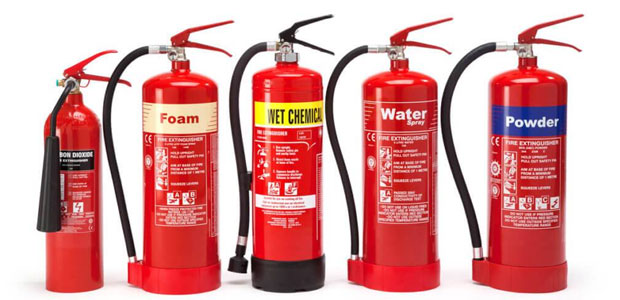
The Abcs Ds And Ks Of Fire Extinguishers Occupational Health Safety

The Five Classes Of Fires Fire Extinguishers That Stop Them Strike First
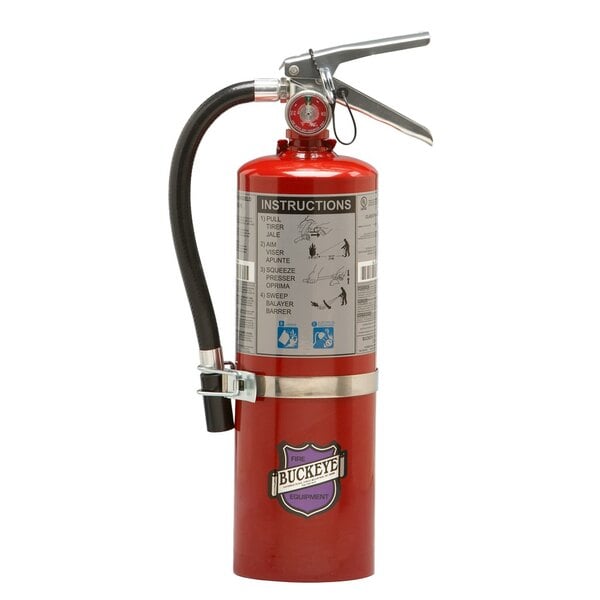
Guide To Fire Extinguisher Sizes Types Ratings
What Is A Class K Fire Extinguisher Used For

7 Types Of Fire Extinguishers And When To Use Them

The Five Classes Of Fires Fire Extinguishers That Stop Them Strike First
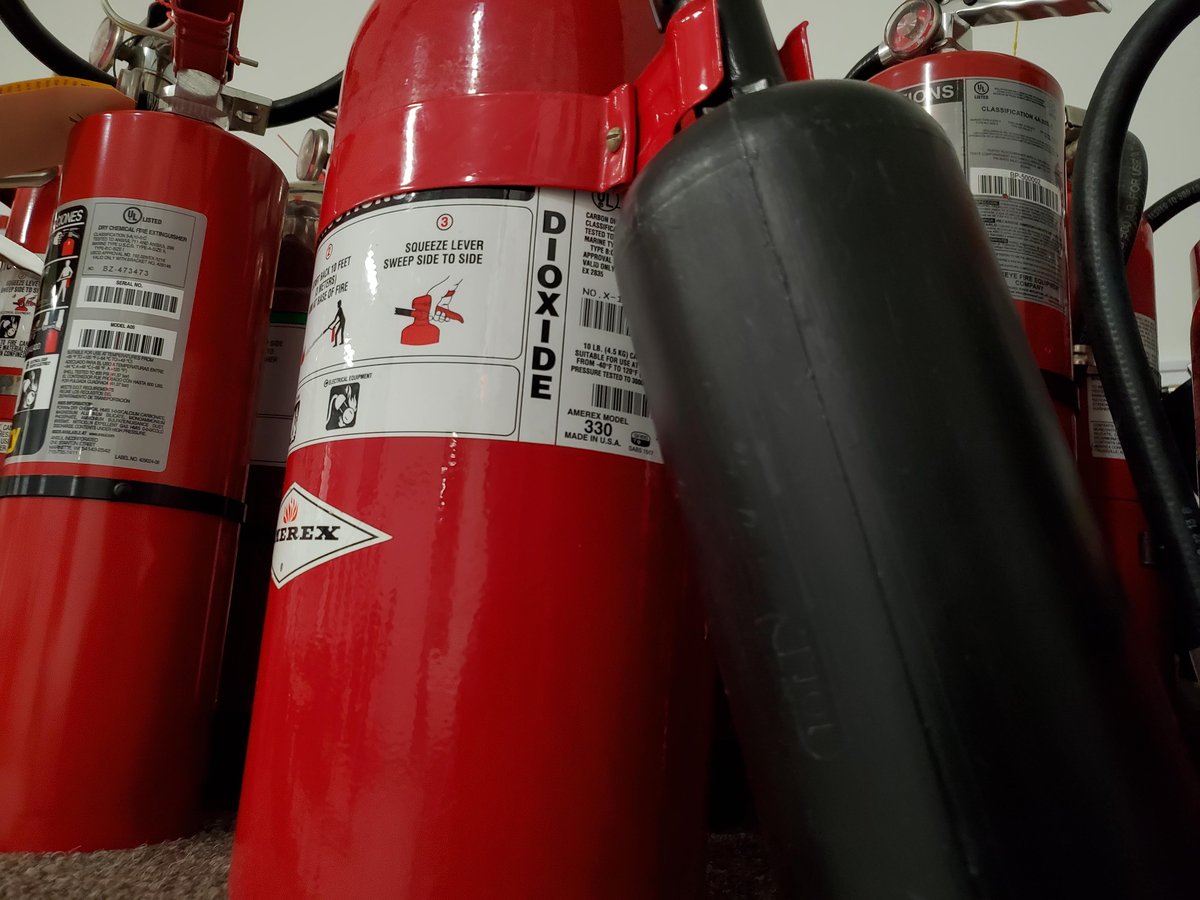
Top 5 Things To Know About Carbon Dioxide Extinguishers

Abcs Of Fire Extinguishers Fire Prevention Services The University Of Texas At Austin
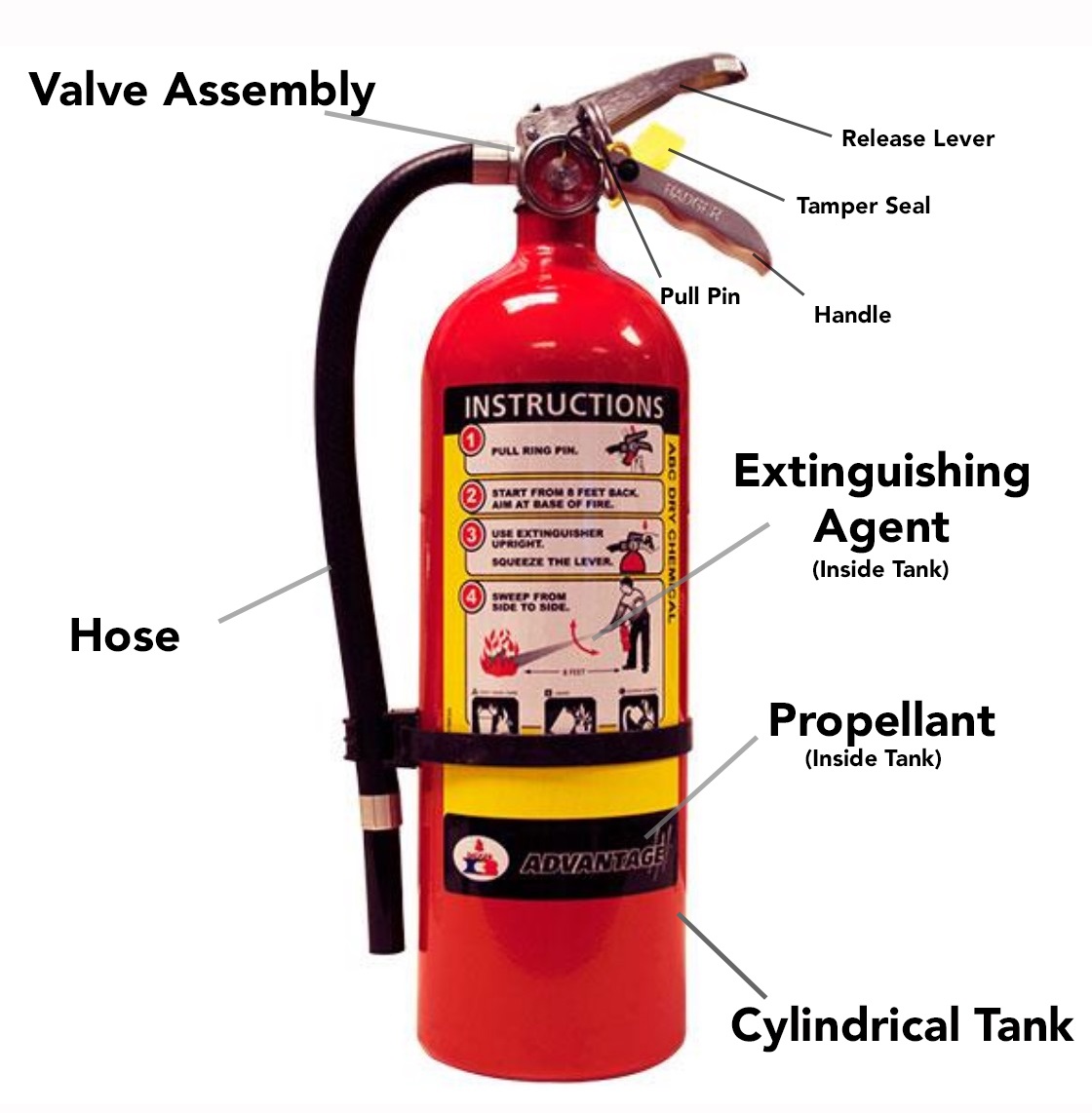
Fire Extinguisher Meaning Classes Types Selection Use Inspection With Pdf What Is Piping
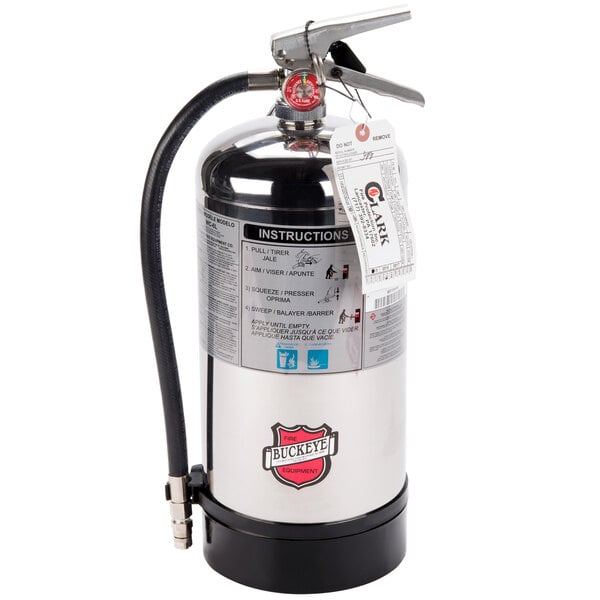
Guide To Fire Extinguisher Sizes Types Ratings

Nfpa 1 Location And Placement Requirements For Portable Fire Extinguishers Firecodefridays Nfpa
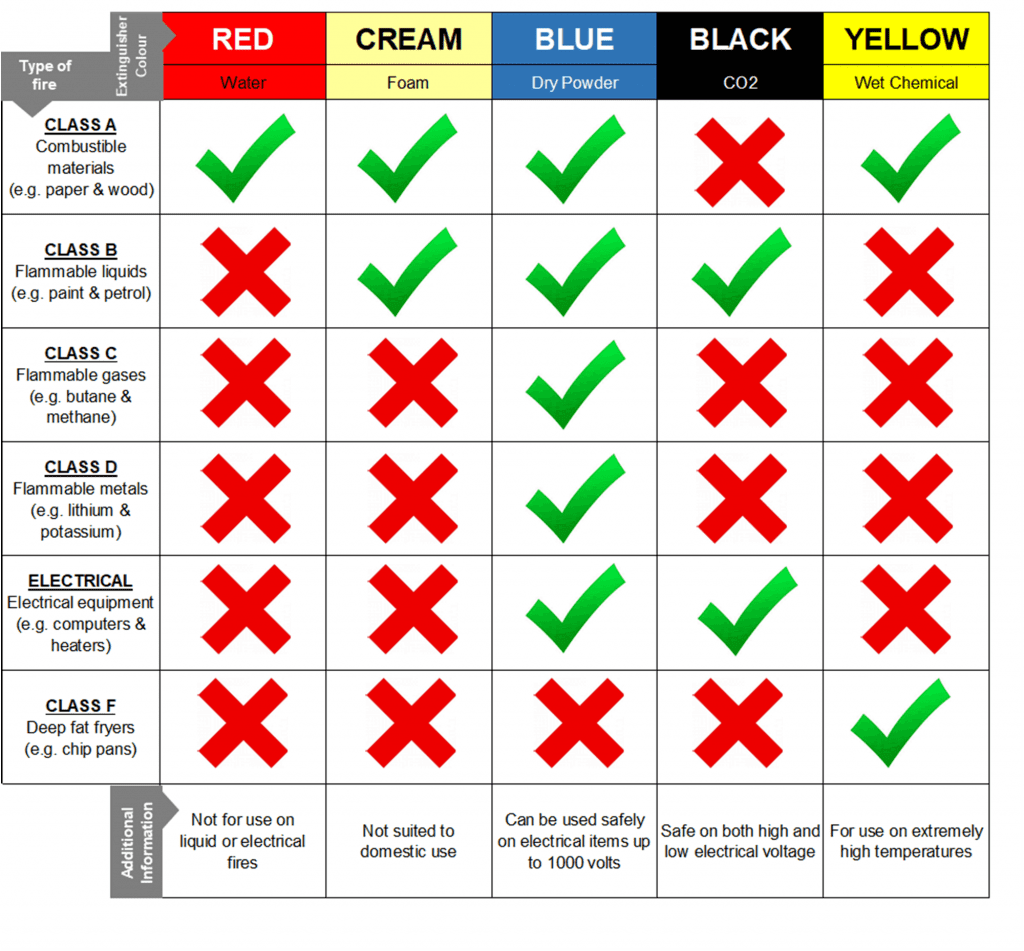
Fire Extinguisher Colours Explained In A Simple Guide
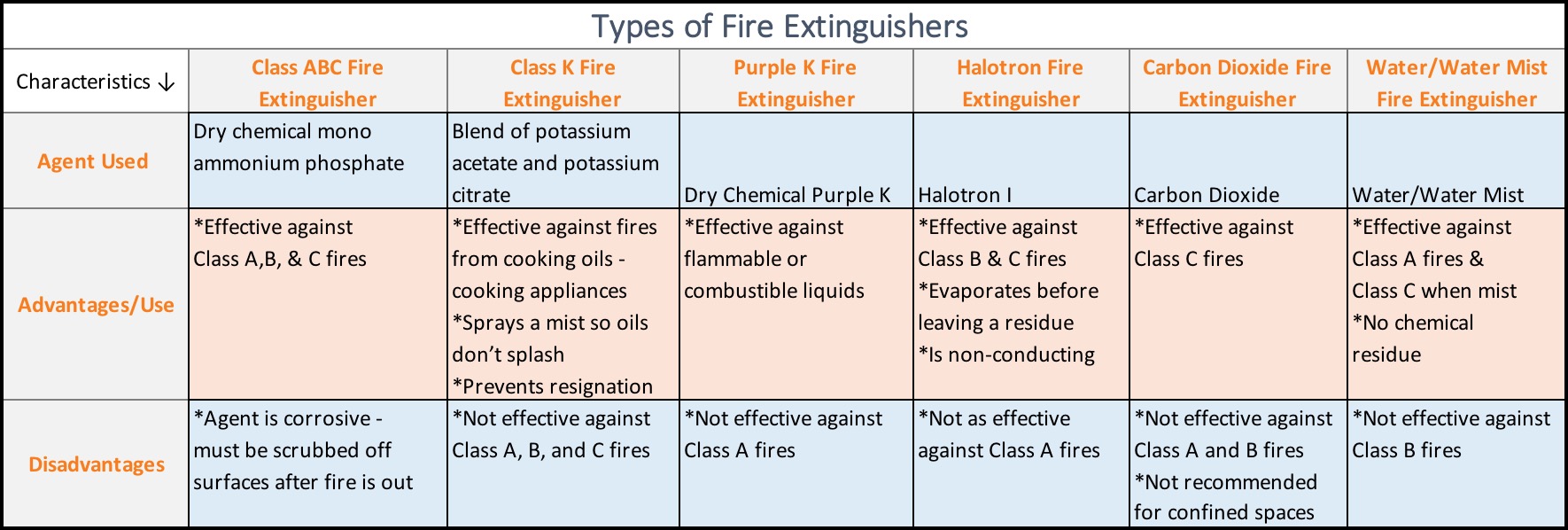
Parts And Components Of A Fire Extinguisher Diagram For Handheld Portables

What Is A Class K Fire Extinguisher Used For
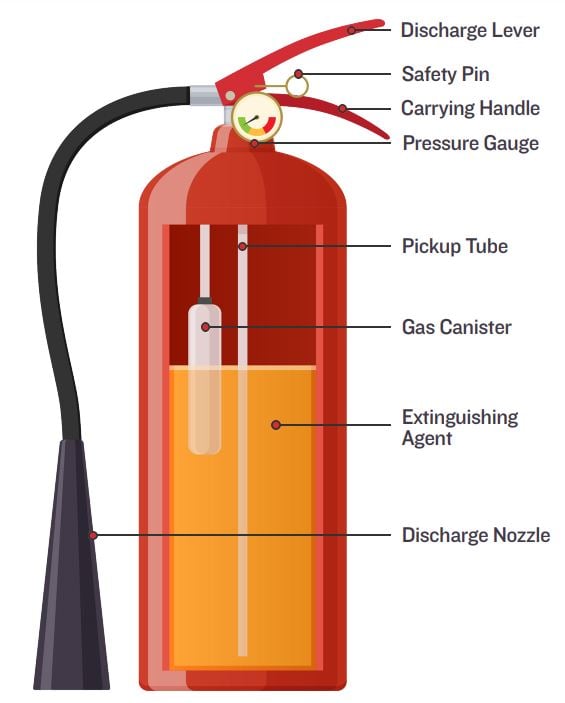
Guide To Fire Extinguisher Sizes Types Ratings
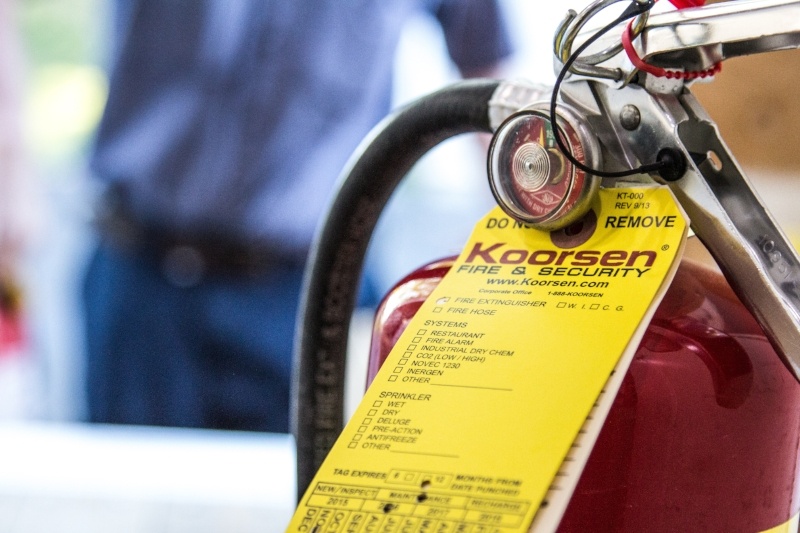
What Are The Different Types Of Fire Extinguishers Their Uses
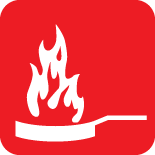
Portable Fire Extinguishers Fire Extinguisher Uses Fire Equipment

Parts And Components Of A Fire Extinguisher Diagram For Handheld Portables
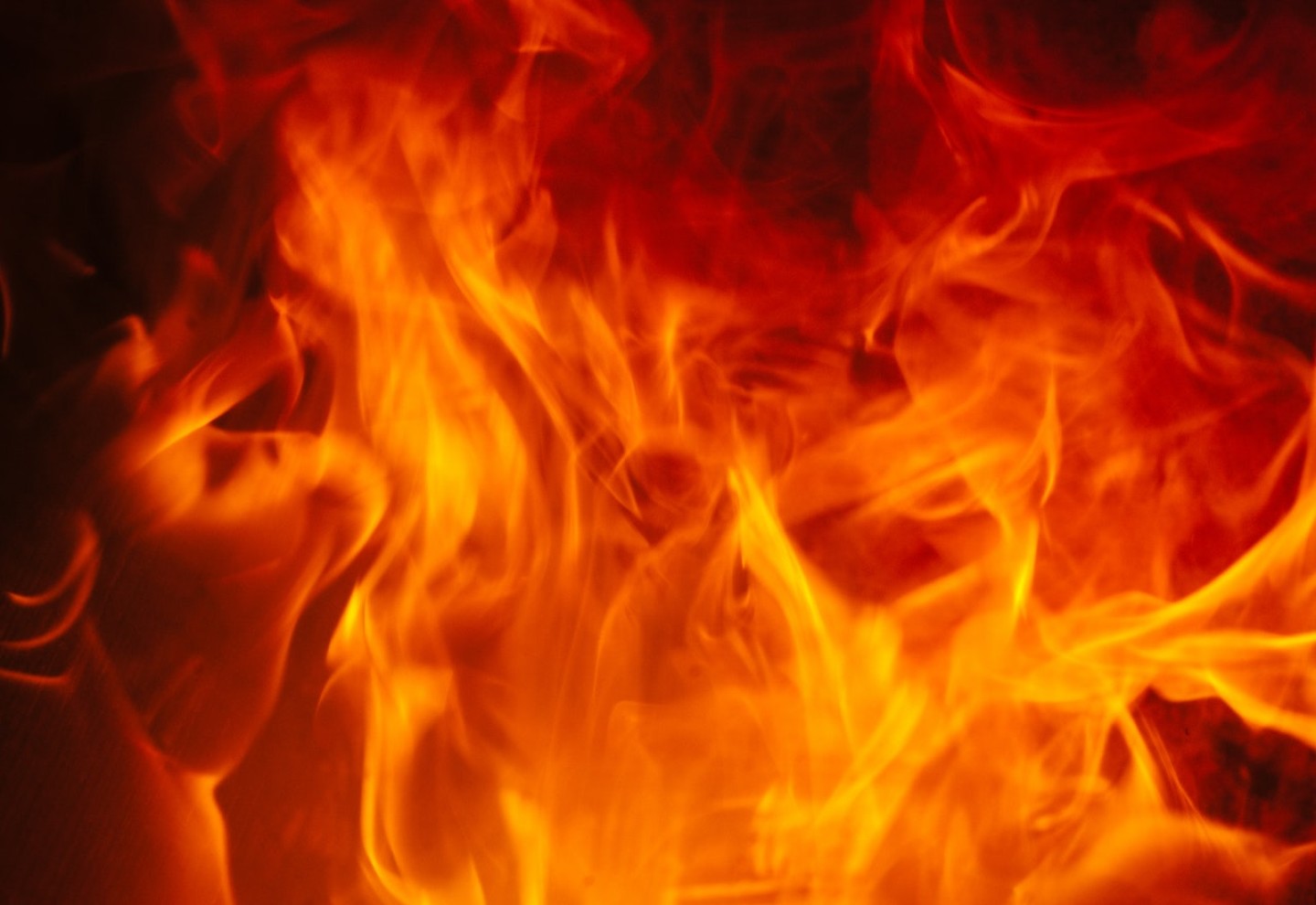
Fire Extinguishers And The Five Classes Of Fire Frontier Fire Protection